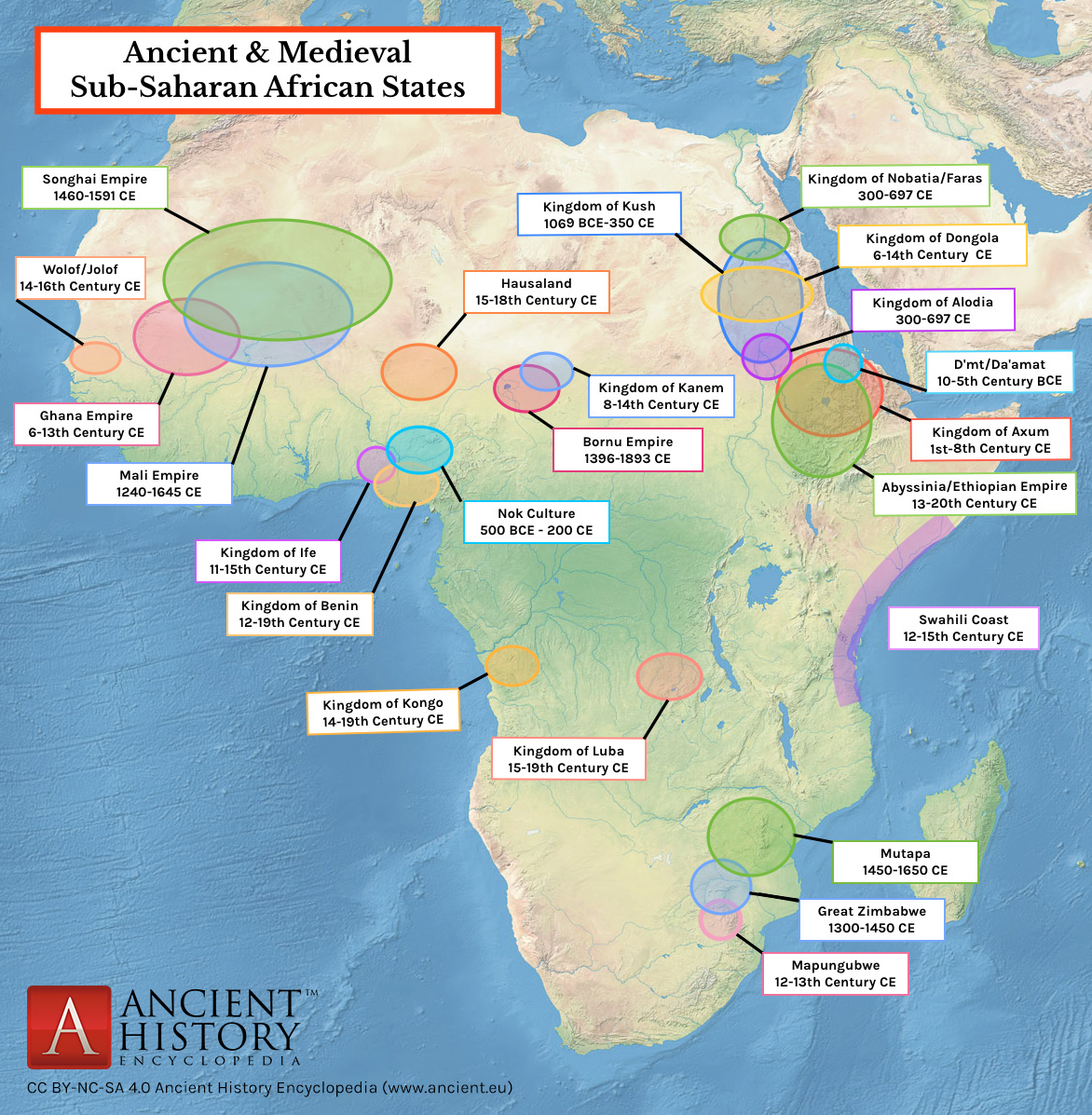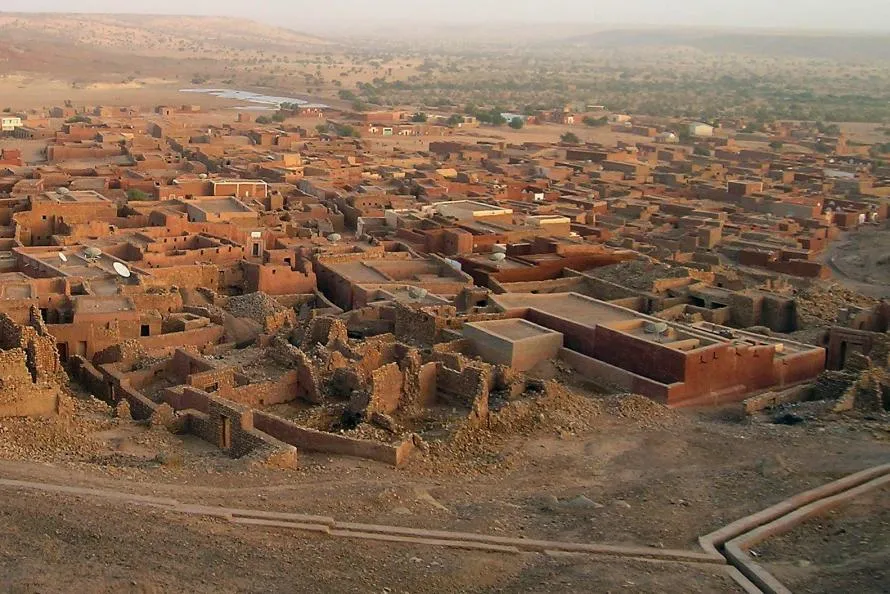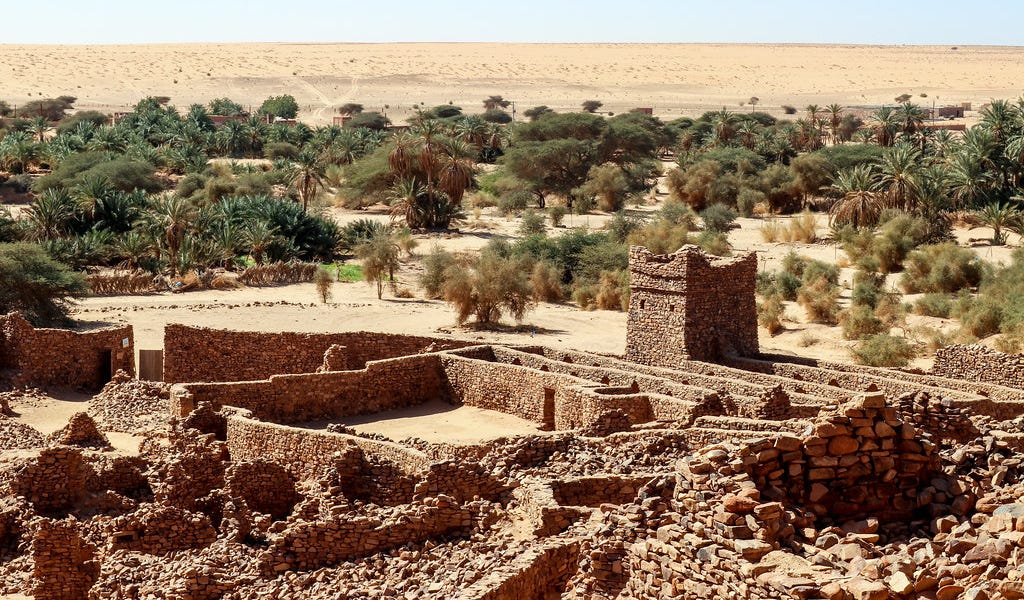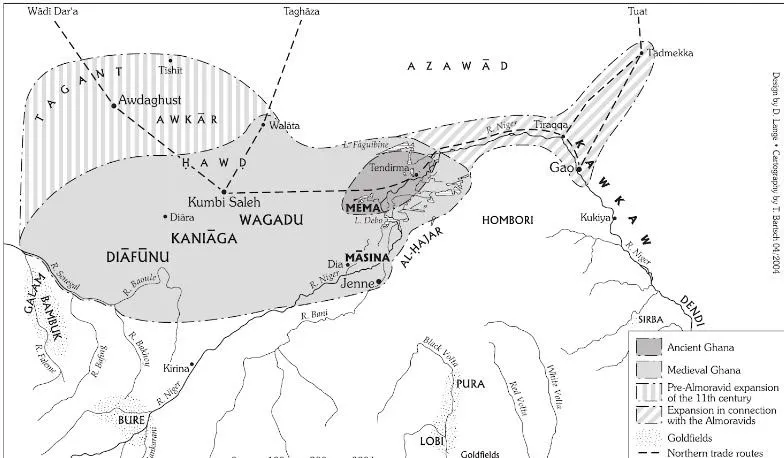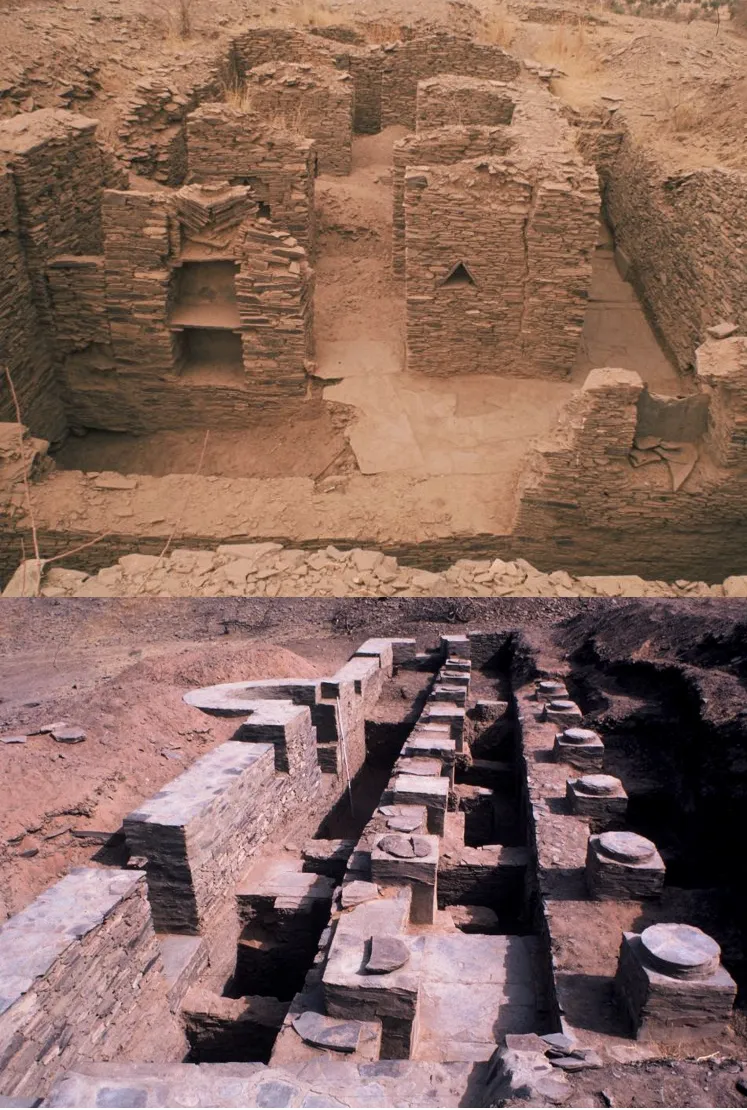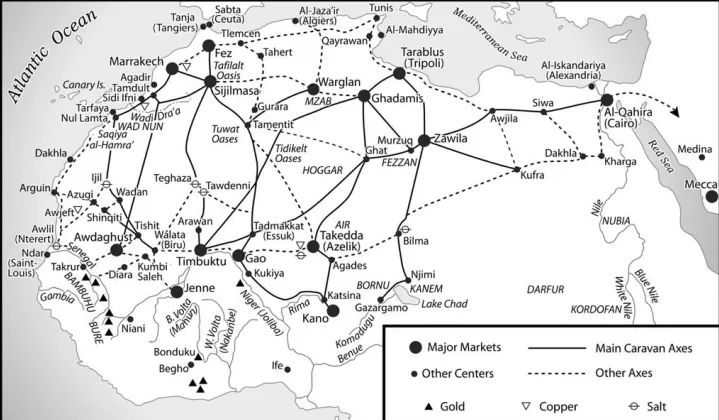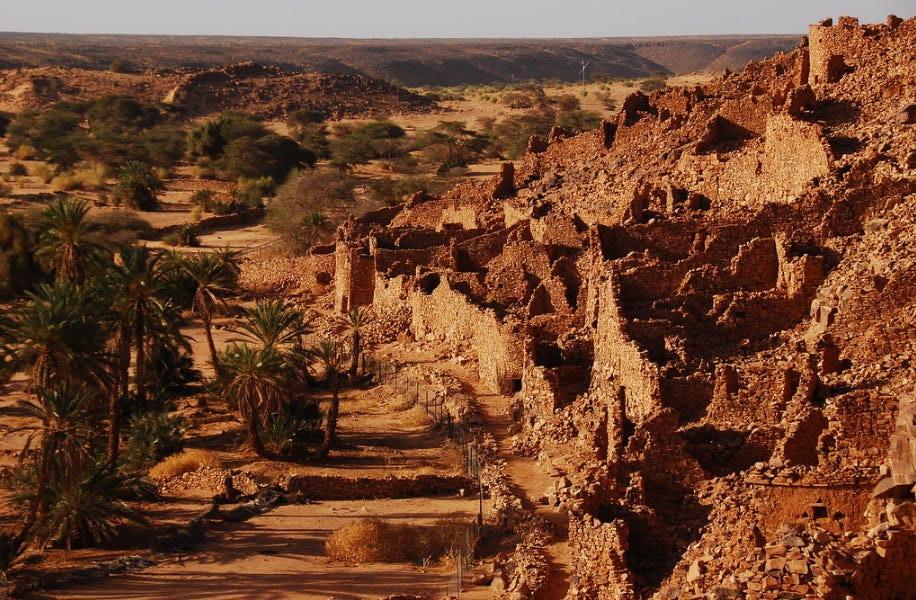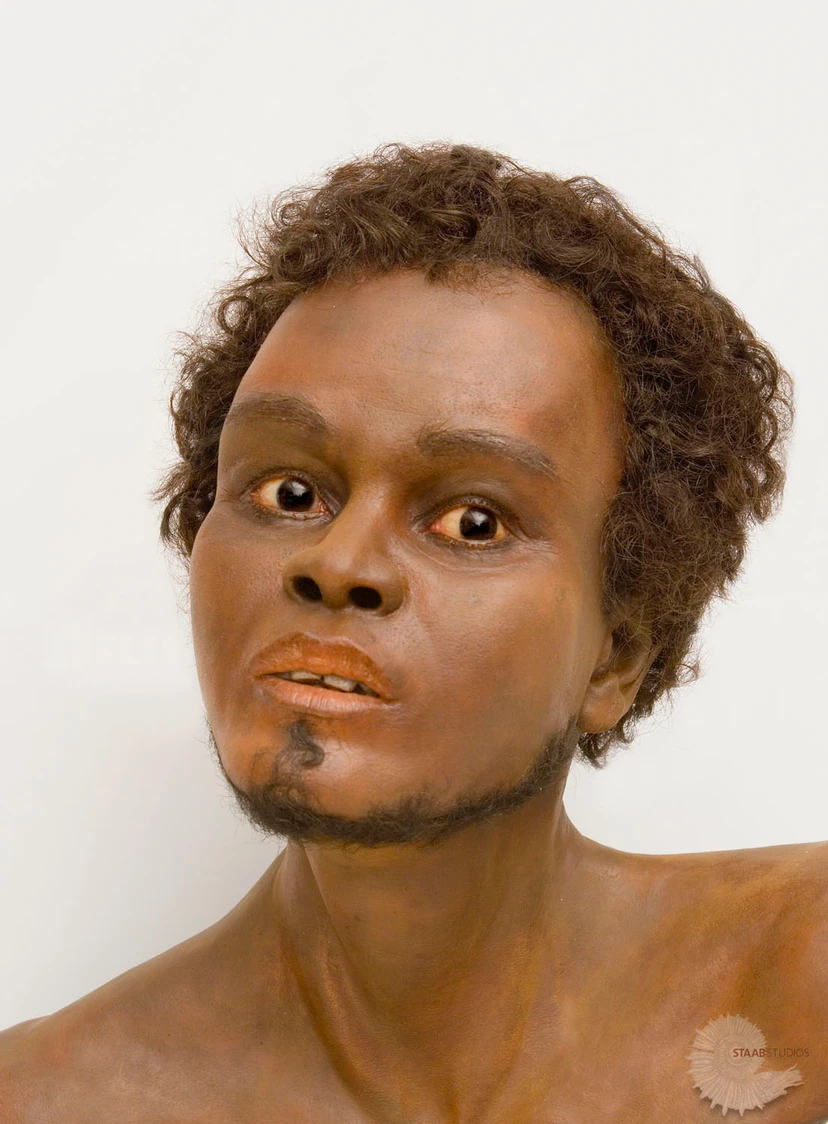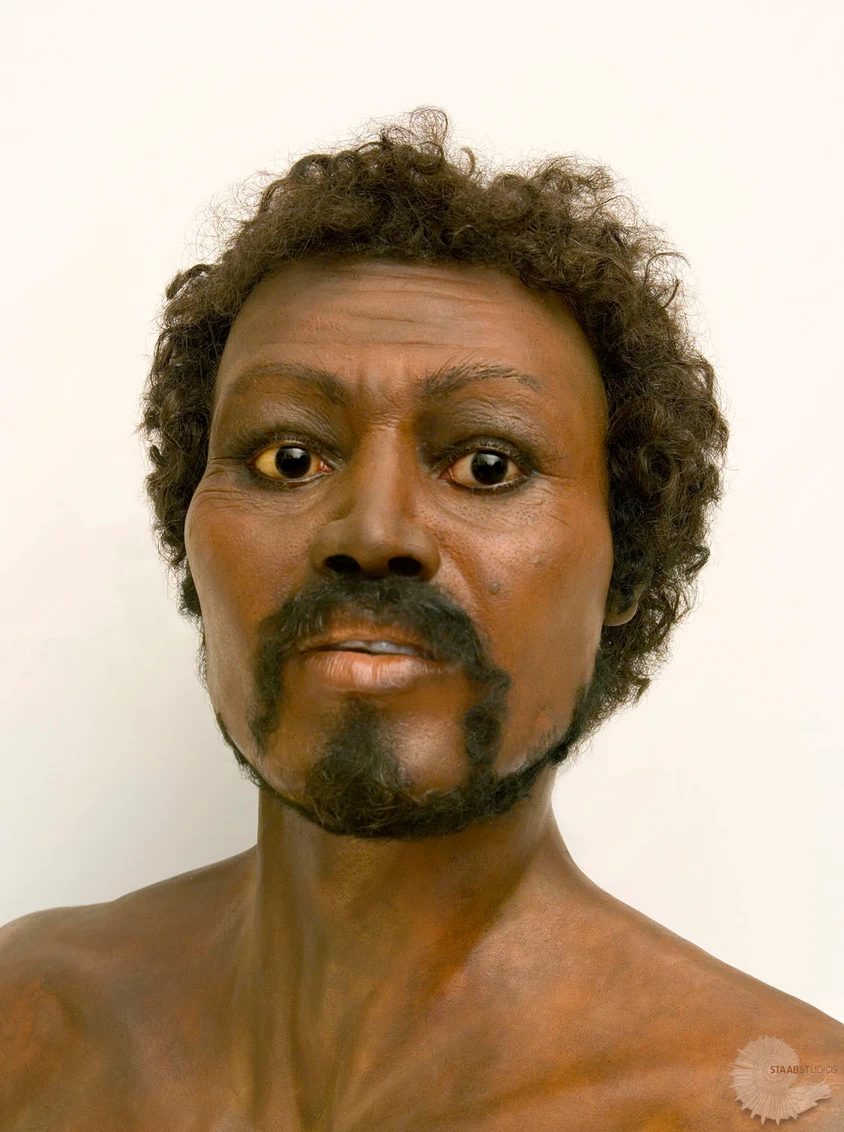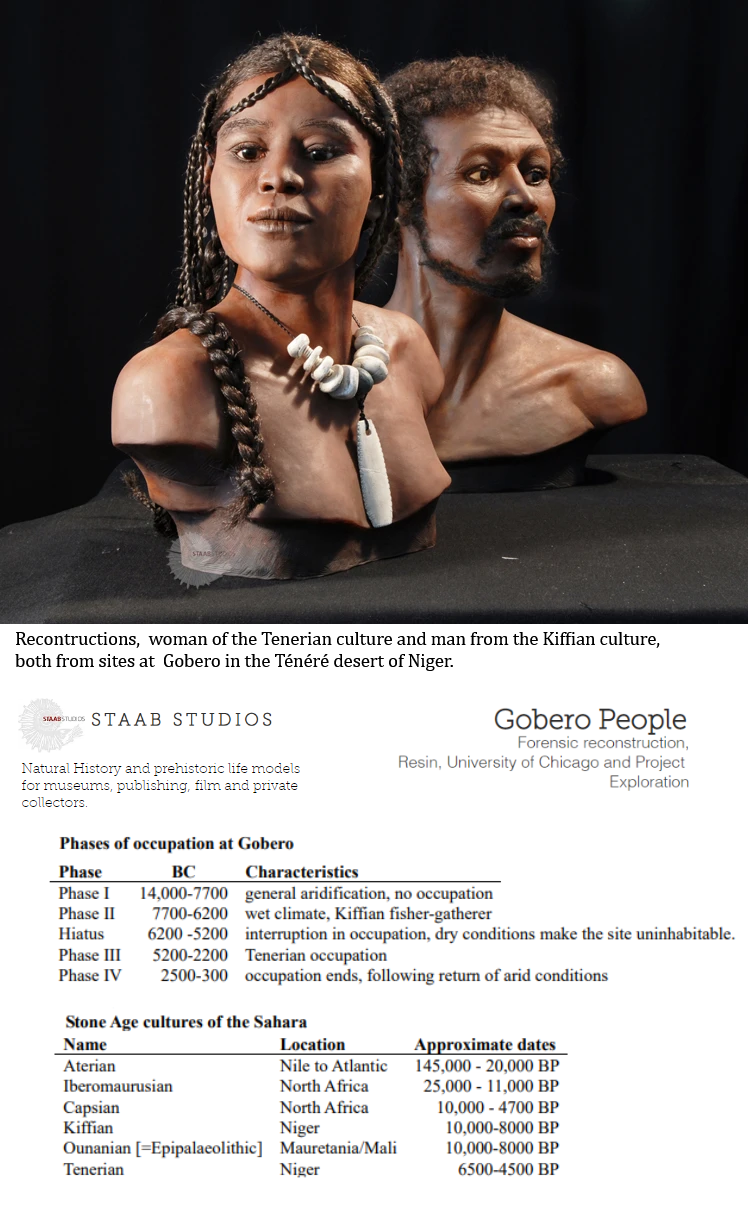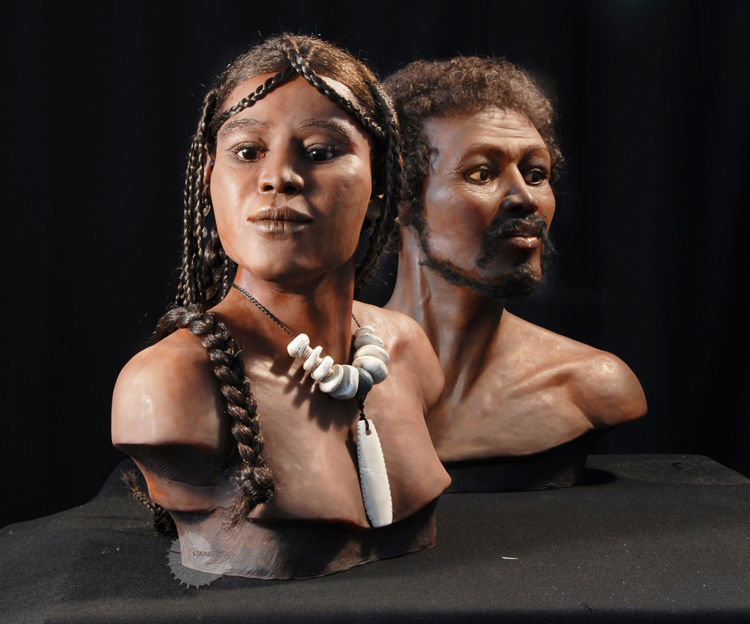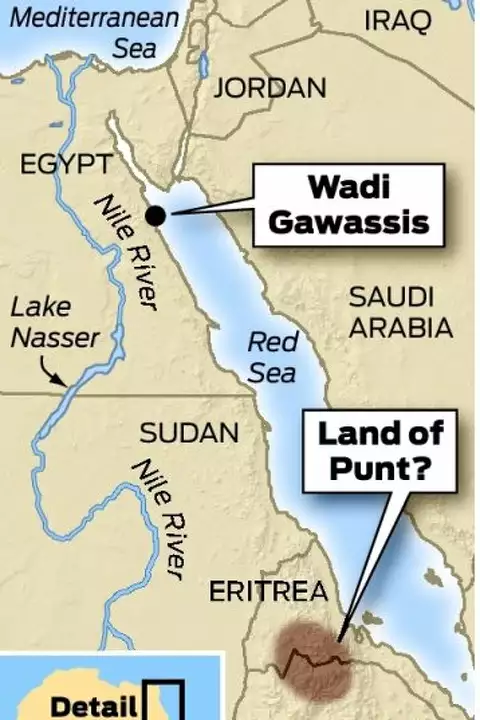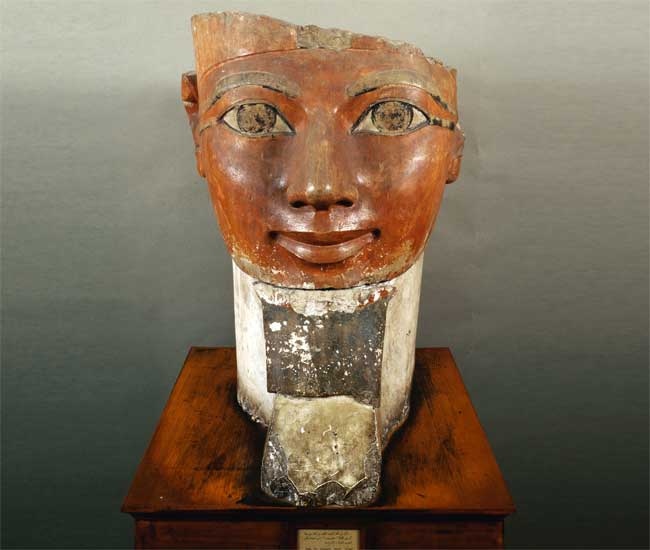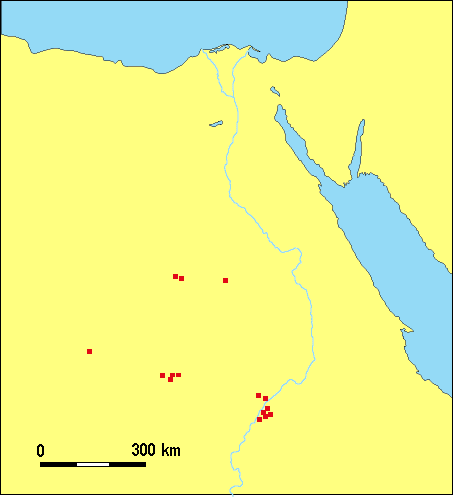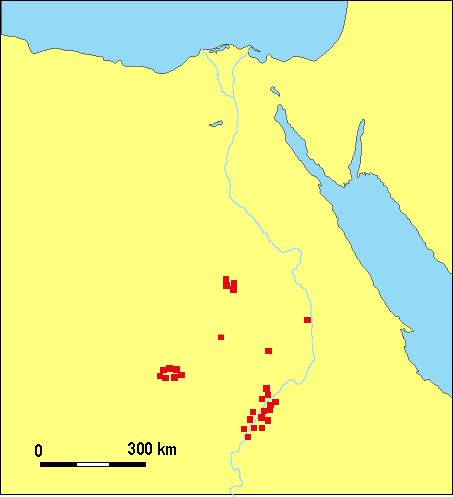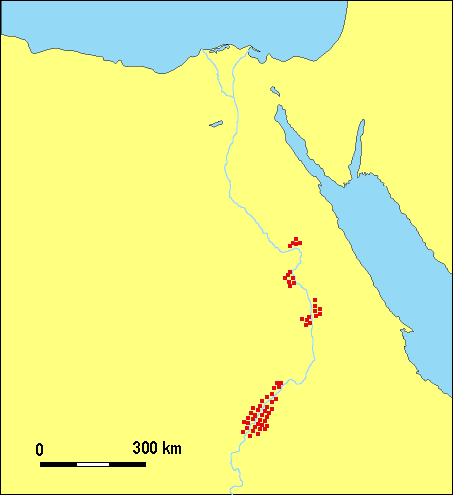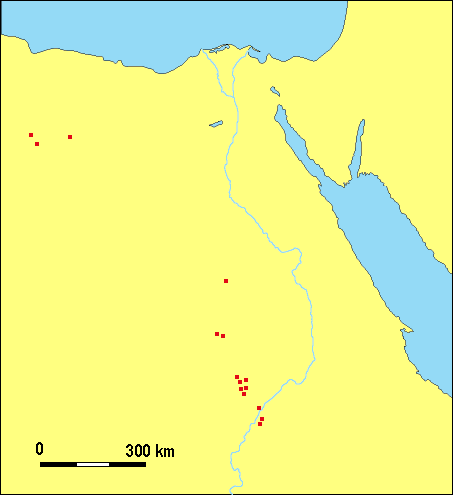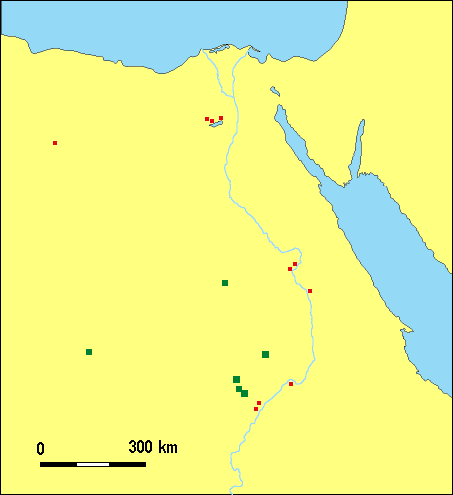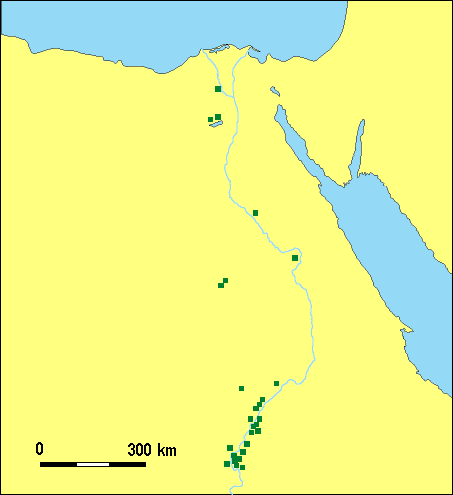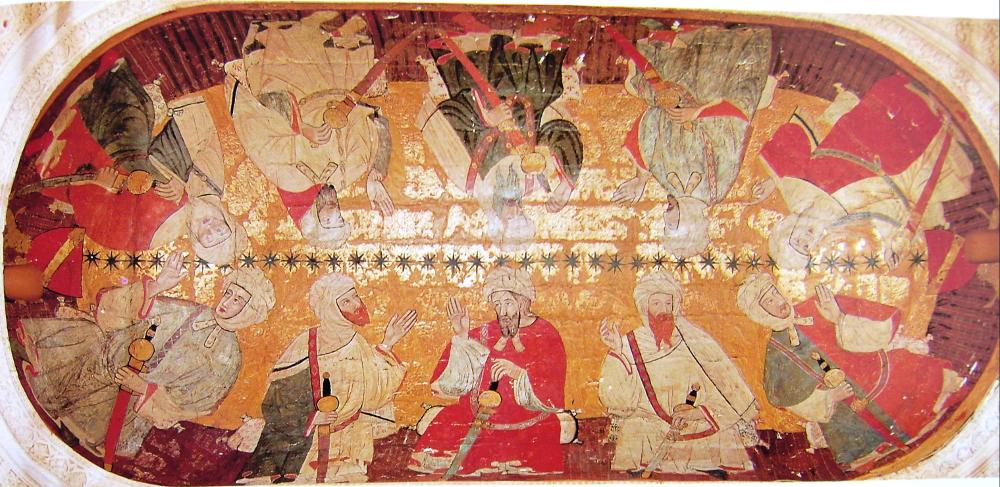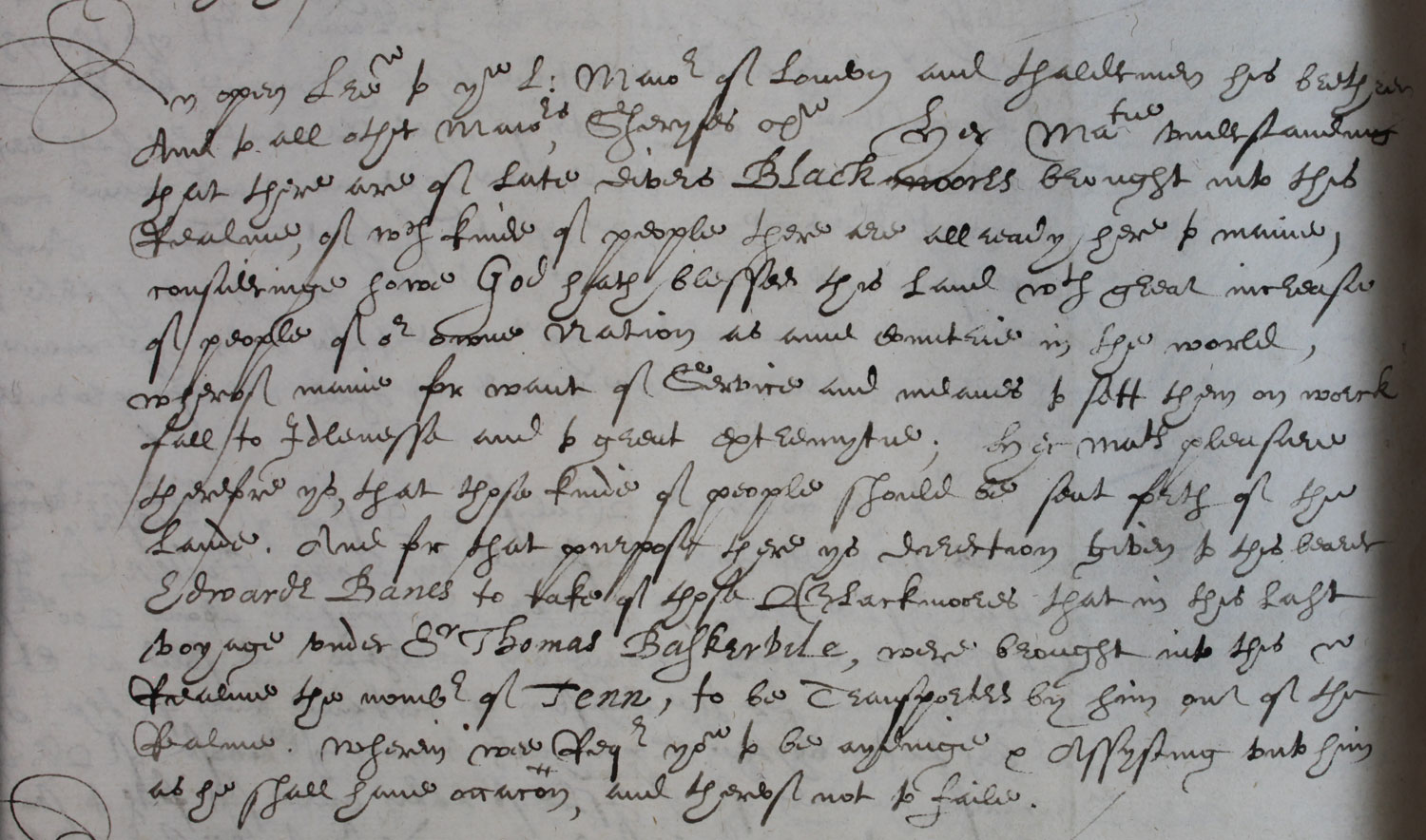According the Egyptian Preist Manetho who was translating content to the Greeks etc.. He stated Egypt goes back 20 thousand years. Egypt as we know it possibly very old the Sphinx and Great Pyramids match the sky during the Age of the Leo around 10k to 12k years ago.
In fragments preserved by later historians (Josephus, Africanus, Eusebius, Syncellus), Manetho described reigns of gods and demigods in Egypt going back over 20,000 years before the reign of Menes, the first human king.
11th Dynasty, pre-unification Thebes, circa 2125–2055 BC:
Mentuhotep I Intef II
Intef I Intef III
Middle Kingdom:
11th Dynasty, unification, circa 2055–1985 BC:
Mentuhotep II Mentuhotep IV
Mentuhotep III
12th Dynasty, circa 1985–1795 BC:
Amenemhat I Amenemhat III
Senusret I Amenemhat IV
Amenemhat II Queen Sobekneferu
Senusret II
Second Intermediate Period:
13th Dynasty, circa 1795–1650 BC:
circa 65 kings, including: Sihathor I
‘Amu-sa-hornedjherjotef Sihathor II
Chendjer Sobekhotep IV
Sobekhotep III Neferhotep III
Neferhotep I
14th Dynasty, circa 1750–1650 BC:
Possibly up to 76 kings who ruled from Sais in the Delta and overlapped with the 13th
and 15th Dynasties.
15th Dynasty (Hyksos), circa 1650–1550 BC:
Salitis Apophis
Khayan Khamudi
16th Dynasty (Hyksos), circa 1650–1550 BC:
circa 17 minor kings/Hyksos vassals who overlapped with the 15th Dynasty.
17th Dynasty (Thebes), circa 1650–1550 BC:
circa 14 kings, the last four of which were: Ta’o II
Intef VI Kamose
Ta’o I
New Kingdom:
18th Dynasty, circa 1550–1295 BC:
Ahmose Tuthmose IV
Amenhotep I Amenhotep III
Tuthmose I Amenhotep IV/Akhenaten (Amarna period)
Tuthmose II Smenkhkare
Tuthmose III Tutankhamen
Hatshepsut Ay
Amenhotep II Horemheb
Ramesside period:
19th Dynasty, circa 1295–1186 BC:
Ramesses I Amenmesses
Seti I Seti II
Ramesses II Siptah
Merenptah Queen Tawosret
20th Dynasty, circa 1186–1069 BC:
Sethnakht
Ramesses III
Ramesses IV
Ramesses V
Ramesses VI
Ramesses VII
Ramesses VIII
Ramesses IX
Ramesses X
Ramesses XI
Third Intermediate Period:
21st Dynasty (Tanis), circa 1069–945 BC:
Smendes
Amenemnisu
Psusennes I
Amenemope
Osorkon the Elder
Siamen
Psusennes II
22nd Dynasty (Libyan), circa 945–735 BC:
Sheshonk I
Osorkon I
Sheshonk II
Takelot I
Osorkon II
Takelot II
Sheshonk III
Pami
Sheshonk V
Theban kings, circa 818–730 BC:
Pedubast I
Input I
Sheshonk IV(?)
Osorkon III
Takelot III
Rudamen
Iny
23rd Dynasty (Libyan), circa 735–710 BC:
Pedubast II
Osorkon IV
Psammous
Local dynasties, circa 730 BC:
Thotemhat and Nimlot (Hermopolis)
Peftjauawybast (Heracleopolis)
Input II (Leontopolis)
24th Dynasty, circa 727–715 BC:
Tefnakht
Bakenrenef
25th Dynasty (Kushyte), circa 760–653 BC:
Kashta
Piye
Shabako
Shebitku
Taharka
Tanutameni
Late period:
26th Dynasty (Saite), circa 664–525 BC:
Neko I
Psamtik I
Neko II
Psamtik II
Apries
Amasis
Psamtik III
27th Dynasty (Persian), circa 525–404 BC:
Cambyses
Darius I
Xerxes I
Artaxerxes I
Darius II
Artaxerxes II
28th Dynasty, circa 404–399 BC:
Amyrtaeus
29th Dynasty, circa 399–380 BC:
Nepherites I
Hakor
Nepherites II
30th Dynasty, circa 380–343 BC:
Nectanebo I
Teos
Nectanebo II
31st Dynasty (Persian), circa 343–332 BC:
Artaxerxes III
Arses
Darius III
Ptolemaic period, circa 332–32 BC:
Macedonians:
Alexander the Great
Philip Arrhidaeus
Alexander IV
Ptolemaic Dynasty:
Ptolemy I Soter I
Ptolemy II Philadelphus
Ptolemy III Evergetes
Ptolemy IV Philopator
Ptolemy V Epiphanes
Ptolemy VI Philometor
Ptolemy VII Neos Philopator
Ptolemy VIII Evergetes II
Ptolemy IX Soter II
Ptolemy X Alexander I
Ptolemy IX Soter II (again)
Ptolemy XI Alexander II
Ptolemy XII Neos Dionysos
Cleopatra VII Philopator
Ptolemy XIII
Ptolemy XIV Caesarion
Roman period
Begins after the defeat of Cleopatra VII and Mark Antony at the Battle of
Actium in 31 BC, when Egypt became a Roman province.
Coptic period
From the defeat of the Roman emperor Maxentius by Constantine I in AD 312,
when Christian persercution ended in the Roman empire, to the Arab invasion
of Egypt in AD 639.

 I
I